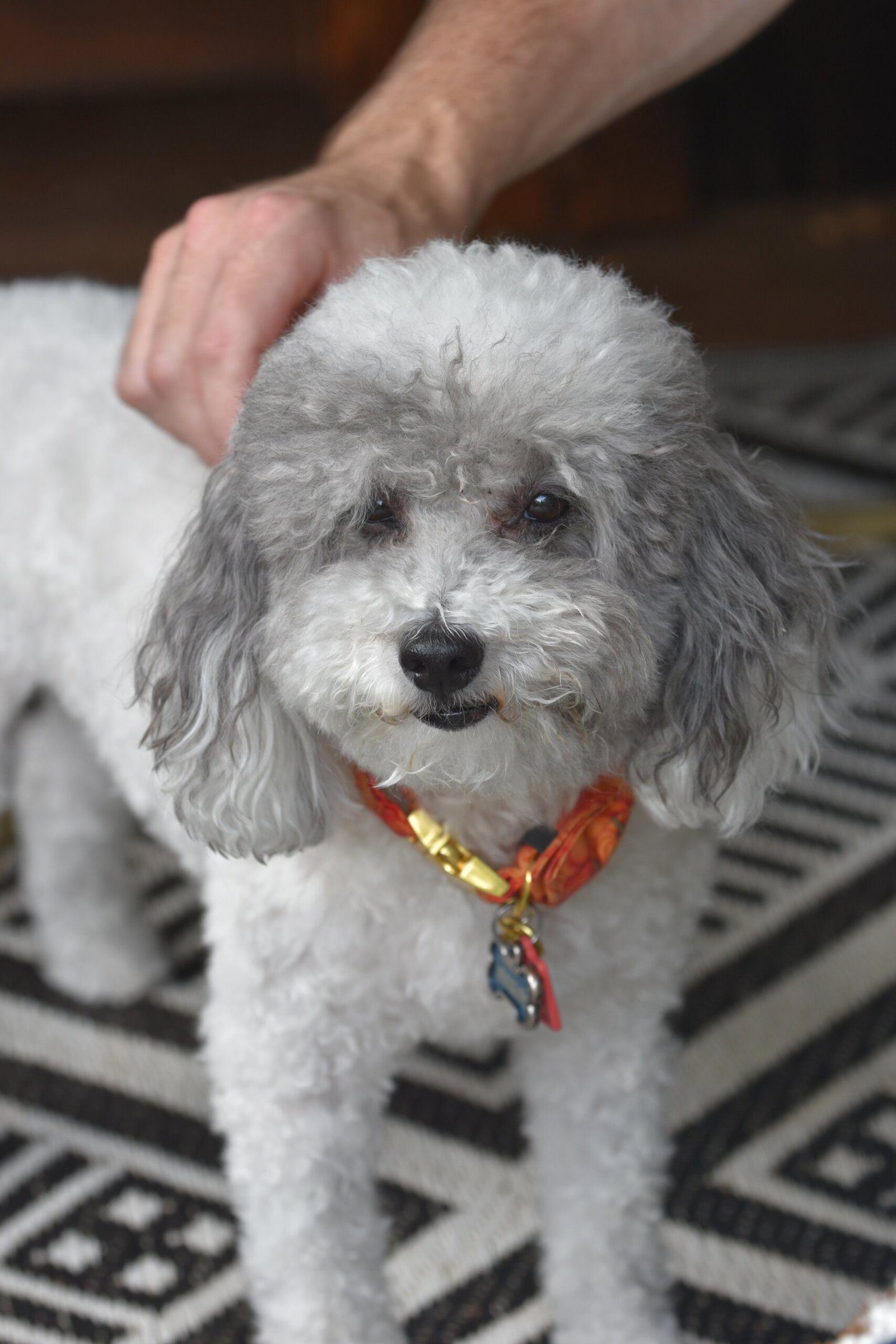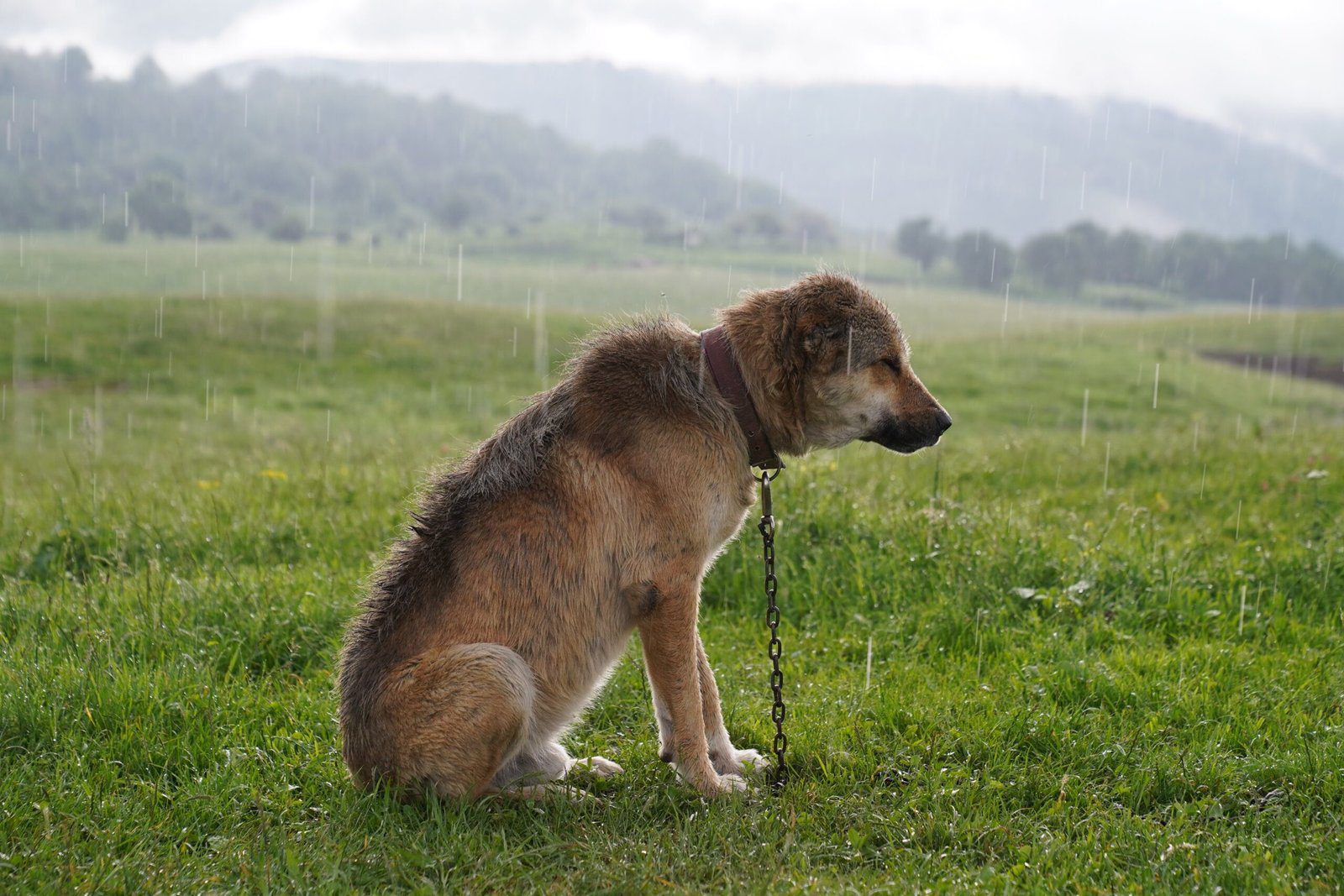Table of Contents
Imagine standing in the midst of a vast prairie, surrounded by the gentle rustling of grass and the warm rays of the sun. In this serene landscape, you suddenly spot a peculiar little creature emerging from its hidden burrow – the prairie dog. With its cute and chubby appearance, it may seem harmless, but don’t be fooled! These fascinating creatures engage in a wide array of astonishing behaviors that will leave you in awe. From their intricate communication system to their surprising “kissing” rituals, the world of prairie dogs is truly a captivating one. And if you think that’s all, wait until you learn about their curious relationship with capybaras, resulting in an unexpected partnership. Prepare to be amazed by the astonishing behavior of prairie dogs and their lively interactions in the animal kingdom.
The Astonishing Behavior of Prairie Dogs

Introduction to Prairie Dogs
Prairie dogs are highly social animals that are native to North America. They belong to the squirrel family and are known for their unique behaviors and complex social structures. Despite their name, prairie dogs are not dogs but are actually burrowing rodents. They are typically found in grasslands and prairies, where they create extensive underground tunnel systems. These intricate tunnels serve as their homes, providing shelter and protection from predators.
Habitat and Distribution
Prairie dogs are primarily found in the grasslands, prairies, and semi-arid areas of North America. They inhabit areas with short grasses, which allow them to easily spot predators and monitor their surroundings. The range of prairie dogs spans from the southwestern United States, including states such as Texas and New Mexico, to the central parts of Canada and Mexico. They are considered a keystone species, as their burrowing activities have a significant impact on the ecosystem by aerating the soil and promoting plant growth.

Social Structure
Prairie dogs have a complex social structure that revolves around family groups called coteries. Each coterie is made up of a dominant male, several females, and their offspring. These coteries occupy a specific territory within the prairie dog colony, which can extend up to several acres. These colonies can be densely populated, with thousands of individuals living in close proximity to one another.
Communication
One of the most fascinating aspects of prairie dog behavior is their sophisticated communication system. Prairie dogs use a combination of vocalizations and body language to effectively communicate with one another. Their intricate communication network allows them to alert the colony about potential dangers and coordinate their responses.

Warning Calls
Prairie dogs are renowned for their distinctive warning calls, which can sound like high-pitched barks or chirps. These calls serve as an alarm system to warn others of approaching predators, such as coyotes, hawks, or humans. What is truly astonishing is that prairie dogs are capable of distinguishing between different predators and can modify their warning calls accordingly. For example, a hawk approaching from above may elicit a different response compared to a coyote approaching from the ground.
Vocalizations
In addition to warning calls, prairie dogs also use a variety of other vocalizations to convey different messages. They can produce short barks, trills, and even make a “kissing” sound. These vocalizations are thought to play a role in maintaining social cohesion within the colony and communicating specific information, such as food availability or territorial boundaries.
Body Language
Prairie dogs also rely on body language to communicate with one another. They engage in various postures and movements, such as jumping, stamping their feet, or even standing upright on their hind legs. These behaviors help convey different messages, including territorial defense, courtship, or submission. By carefully observing the body language of other prairie dogs, they can gauge the intentions and emotions of their counterparts.
Intraspecific Behaviors
Within prairie dog colonies, various intraspecific behaviors can be observed. Dominance hierarchies exist among individuals, with the dominant male and female having priority access to resources and preferred burrow locations. Aggressive interactions may occur between individuals to establish or maintain social order. However, prairie dogs also engage in cooperative behaviors, such as communal grooming, which helps strengthen social bonds within the colony.
Playing and Grooming
Prairie dogs are not all about work and defense; they also engage in playful activities. You can often observe them engaging in energetic bouts of chasing, wrestling, and even tumbling over one another. Play serves multiple functions and is crucial for the development of young prairie dogs, as it helps them acquire important social and motor skills. Additionally, grooming is a common behavior among prairie dogs, which helps them maintain cleanliness and bond with their fellow colony members.
Cooperative Defense Strategies
Prairie dogs have evolved remarkable cooperative defense strategies to protect their colonies from predators. When a predator is spotted, prairie dogs near the location of the threat emit warning calls, alerting others in the vicinity. The entire colony then takes action by retreating into their burrows or huddling together in the openings of their tunnels, creating a united front. This collective defense behavior confuses predators and makes it difficult for them to single out and capture individual prairie dogs.
Parental Care
Parental care is highly valued among prairie dogs. Both male and female adults contribute to the care of their offspring, ensuring their survival and development. Young prairie dogs are born blind and helpless, relying on their parents for nourishment and protection. As they grow, they gradually learn the skills necessary for survival, such as foraging for food and identifying potential threats. This parental care not only benefits the individual offspring but also contributes to the overall success and sustainability of the prairie dog colony.
In conclusion, the astonishing behavior of prairie dogs is a testament to their complex social structure and exceptional communication skills. From their highly organized warning calls to their playful interactions and cooperative defense strategies, prairie dogs exhibit a remarkable array of behaviors. By studying and appreciating these fascinating creatures, we gain a deeper understanding of the intricacies of the natural world and the importance of social bonds in the animal kingdom.

